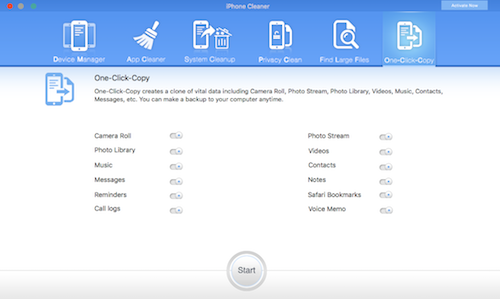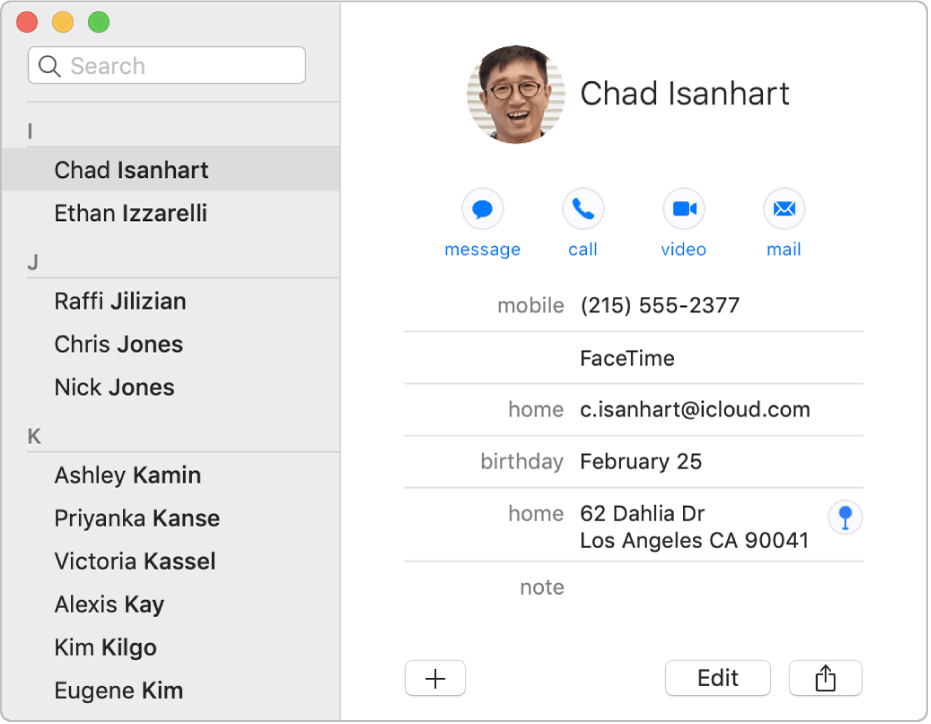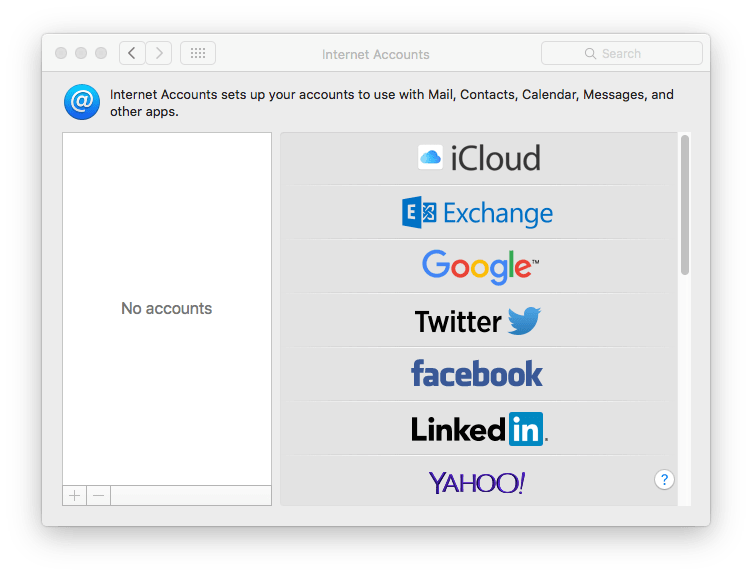

If prerendering is requested, whether by Chrome or by a site or app, the preloaded site is allowed to set and read its own cookies just as if you had visited it, even if you don’t end up visiting the prerendered page. But preloading instructions from sites are always performed, regardless of whether Chrome’s network prediction feature is enabled.
Contacts cleaner mac android#
Preloading requests from Android apps are controlled by the same setting as Chrome-initiated predictions. Sites and Android apps can also ask the browser to preload the pages you might visit next. To load web pages faster, Chrome has a setting that can look up the IP addresses of links on a web page and open network connections. Google provides participating website owners with reports about attacks occurring on their sites. On Google websites and other websites that opt in, if Chrome detects signs that you are being actively attacked by someone on the network (a "man in the middle attack"), Chrome may send information about that connection to Google or the website you visited to help determine the extent of the attack and how the attack functions. In general, the fact that you use Chrome to access Google services, such as Gmail, does not cause Google to receive any additional personally identifying information about you.

Sites that you visit using Chrome will automatically receive standard log information, including your system’s IP address and data from cookies. The personal information that Chrome stores won't be sent to Google unless you choose to store that data in your Google Account by turning on sync, or, in the case of passwords, payment cards, and billing information, choosing specific credentials or payment card and billing information to store in your Google Account. You can view and manage your stored Autofill information. You can review stored passwords in Chrome settings. You can stop Chrome from accepting cookies. You can manage or delete stored browsing data from the Cookies and Site Data dialog. You can delete your browsing history information. You can manage this information in several ways: Personal information and passwords, to help you fill out forms or sign in to sites you visit.Ī list of permissions that you have granted to websites.Ĭookies or data from websites that you visit.Ī record of what you downloaded from websites.

For example, Chrome stores the URLs of pages that you visit, a cache of text, images and other resources from those pages, and, if the network actions prediction feature is turned on, a list of some of the IP addresses linked from those pages. This information might include:īrowsing history information. The basic browser mode stores information locally on your system. Privacy practices are different depending on the mode that you're using. You don't need to provide any personal information to use Chrome, but Chrome has different modes that you can use to change or improve your browsing experience.
Contacts cleaner mac how to#
Learn how to control the information that's collected, stored, and shared when you use the Google Chrome browser on your computer or mobile device, Chrome OS, and when you enable Safe Browsing in Chrome.


 0 kommentar(er)
0 kommentar(er)
